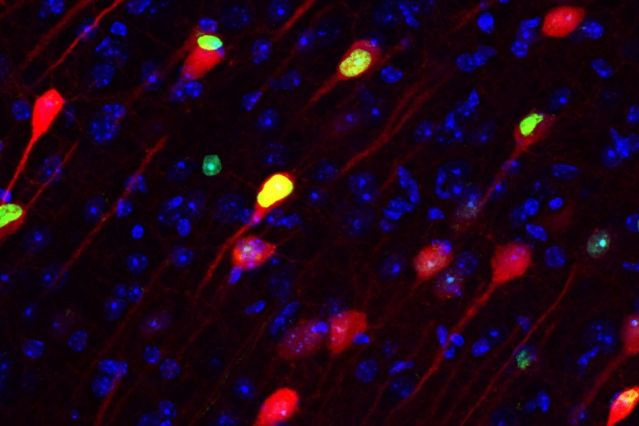Memory Formation In The Human Brain: Neuroscientists Identify Circuits Needed For Long-Term Consolidation

When we experience things, be it a delicious meal or a terrible film or an accident or an outing with friends, the memory of it is registered in a part of the brain called the hippocampus, where it is stored for the short term. At a later point, they are consolidated for long-term storage in another part of the brain, the neocortex. Or so says the standard model of memory formation. But how exactly does this process work?
Neuroscientists from Massachusetts Institute of Technology studied the neural circuits involved, and found that memories don’t transfer from the hippocampus to the neocortex, but instead, form simultaneously in both those regions of the brain. The long-term memories, however, do not mature for about two weeks after initially forming.
For the study, which was published Friday in the journal Science, researchers used a method developed in 2012 to label engram cells, which contain specific memories. They also used optogenetics to artificially reactivate specific memories by targeting the engram cells with light. Mice were then exposed to a fear-conditioning event, in which they were given a light electric shock when they were in a particular chamber. The associated memory cells that fired at the time — in three different parts of the brain, the hippocampus, the prefrontal cortex and the basolateral amygdala, which stores emotional associations of memories — were labeled.
The fear memory was reactivated in other chambers to provoke a reaction from the mice, who froze at the memory. Researchers also observed which cells were active when the mice were placed in the chamber where they were given the shocks, and therefore naturally recalled the memory of it.
It was seen only one day into the experiment that memories of the fear-conditioning event were stored in both the prefrontal cortex and the hippocampus. However, the engram cells in the prefrontal cortex did not activate during a natural recall. They could still stimulate freezing if artificially activated.
One of the study’s lead authors, Takashi Kitamura, said in a statement Thursday: “Already the prefrontal cortex contained the specific memory information. This is contrary to the standard theory of memory consolidation, which says that you gradually transfer the memories. The memory is already there.”
Over two weeks, researchers found the “silent” cells in the prefrontal cortex matured and became necessary for the mice to naturally recall the event, while the engram cells in the hippocampus were no longer needed for that purpose. However, if activated artificially, the now “silent” cells in the hippocampus could still trigger freezing. Also, blocking the neural circuit between the two regions stunted the maturing of the engram cells in the prefrontal cortex.
The engram cells in the basolateral amygdala, once memories were formed, didn’t change through the course of the experiment. These cells, necessary for evoking emotions associated with memories, interact with cells in both the prefrontal cortex and the hippocampus.
The researchers said further studies are needed to understand if the memories fade away entirely from the hippocampus after some more time, since their current methods allowed them to trace engram cells for about two weeks only.
Other than Kitamura, the study, titled “Engrams and circuits crucial for systems consolidation of a memory,” was led by Sachie Ogawa and Dheeraj Roy. Susumu Tonegawa, director of the RIKEN-MIT Center for Neural Circuit Genetics at the Picower Institute for Learning and Memory, was senior author of the study.
© Copyright IBTimes 2024. All rights reserved.





















